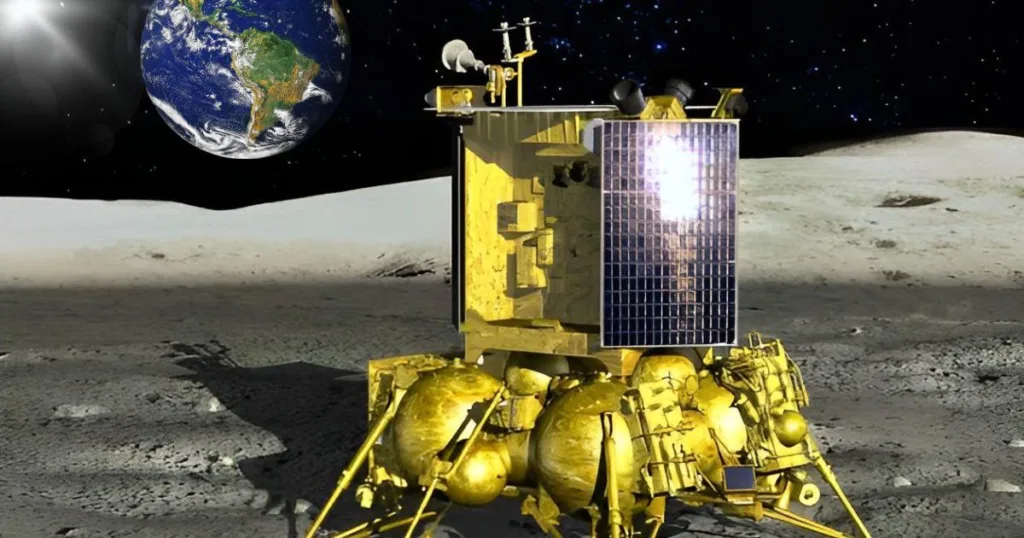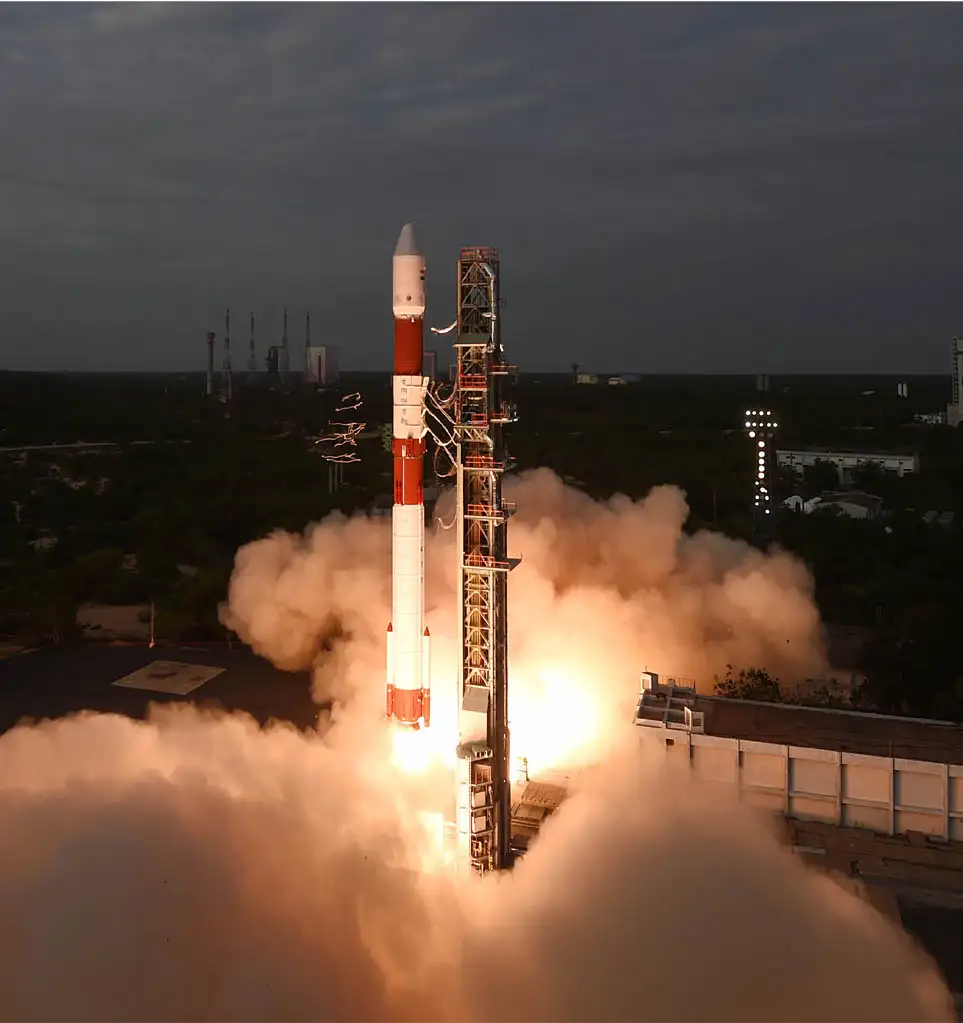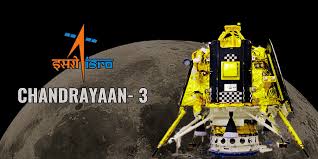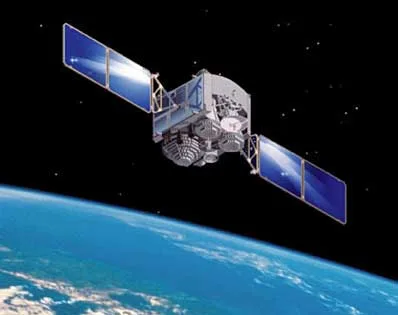ALL ABOUT THE INDIAN MOON MISSION (Chandrayaan-1 to 3)
in this article, we will know some important facts about the Indian moon mission from Chandrayaan-1 to Chandrayaan-3

THE INDIAN MOON MISSION
The first Indian lunar mission launched as part of the Chandrayaan program was Chandrayaan-1. The Indian Space Research Organization (ISRO) established it in October 2008.
On October 22, 2008, at 00:52 UTC, India launched the spacecraft from the Satish Dhawan Space Center in Sriharikota, Andhra Pradesh, using a PSLV-XL rocket.
Chandrayaan orbiter at 14:36 UTC struck the south pole in a controlled manner.
ISRO became the fifth national space agency to reach the lunar surface. Other nations whose national space agencies have done so prior were the former Soviet Union in 1959, the United States in 1962, Japan in 1993, and ESA member states in 2006.
Chandrayaan-1 failed after completing its operations for 312 days and achieved 95% of its planned objectives. The mission was designed to last for two years. As the star tracking system overheated and malfunctioned due to radiation from the sun, it paved the way for Chandrayaan-1 to its premature end.
mission of Chandrayaan-1
Chandrayaan-1 was In order to create an accurate picture of the surface’s chemical composition and three-dimensional topography, the lunar surface had to be surveyed for two years. The polar areas are of particular significance since water ice may be present there. The discovery of the widespread existence of water molecules in lunar soil was one of its numerous accomplishments.

Chandrayaan-2
| Launch date | 22 July 2019, 09:13:12 utc |
|---|---|
| Rocket | LVM3 M1 |
| Launch site | Satish Dhavan Space Centre second launch pad |
| Contractor | ISRO |
CHANDRAYAAN-2

Vikram lander on the moon
The Chandrayaan-2 mission, launched by the Indian Space Research Organisation (ISRO) on July 22, 2019, comprised an Indian-developed lunar orbiter, the Vikram lander, and the Pragyan rover. Its primary scientific objective was to map and analyze variations in the lunar surface’s composition and to investigate the presence and distribution of water on the Moon, particularly in the south polar region.
On September 6, 2019, the Vikram lander attempted to touch down near the lunar south pole at approximately 70° south latitude. The descent proceeded as planned until the lander was about 2.1 kilometers above the lunar surface, where it began to deviate from its intended trajectory. Communication with the lander was lost shortly thereafter, and it ultimately crash-landed on the Moon.
Subsequent analysis revealed multiple factors contributing to the crash. ISRO Chairman Somanath identified three primary causes: higher-than-expected thrust from the lander’s five engines, limitations in the onboard software’s ability to detect and correct errors, and the selection of a relatively small landing site measuring 500 meters by 500 meters. These issues led to the accumulation of errors during descent, which the software could not adequately correct, resulting in the lander’s inability to reduce its velocity sufficiently for a safe landing.
Despite the setback with the Vikram lander, the Chandrayaan-2 orbiter continues to function effectively, providing valuable data and high-resolution images of the Moon’s surface. The insights gained from the Chandrayaan-2 mission have been instrumental in informing the design and planning of subsequent missions, including Chandrayaan-3, which successfully achieved a soft landing near the lunar south pole in August 2023.
CHANDRAYAAN-3

the third Indian lunar exploration mission under the Indian Space Research
launched on 14 July 2023 Organisation’s (ISRO) Chandrayaan program.It consists of a lander named Vikram and a rover named Pragyan

The lander and rover landed near the lunar south pole region on 23 August 2023
On August 23, 2023, the lander and rover made history to become the first country on the lunar south pole.
| Mission type | LanderRover |
|---|---|
| Operator | ISRO |
| COSPAR ID | 2023-098B |
| Mission duration | 1 month and 9 days (elapsed): 3 to 6 months (planned) 18 days (elapsed) (since orbit insertion)VIKRAM lander: ≤ 0 days (elapsed) (since landing)PRAGYAN rover: ≤ 14 days (planned) 0 days (elapsed) (since deployment) |
| Spacecraft properties | |
| BUS | Chandrayaan |
| Manufacturer | ISRO |
| Launch mass | 3900 kg |
view our more blogs — https://zkfundaweb.com/





Post Comment